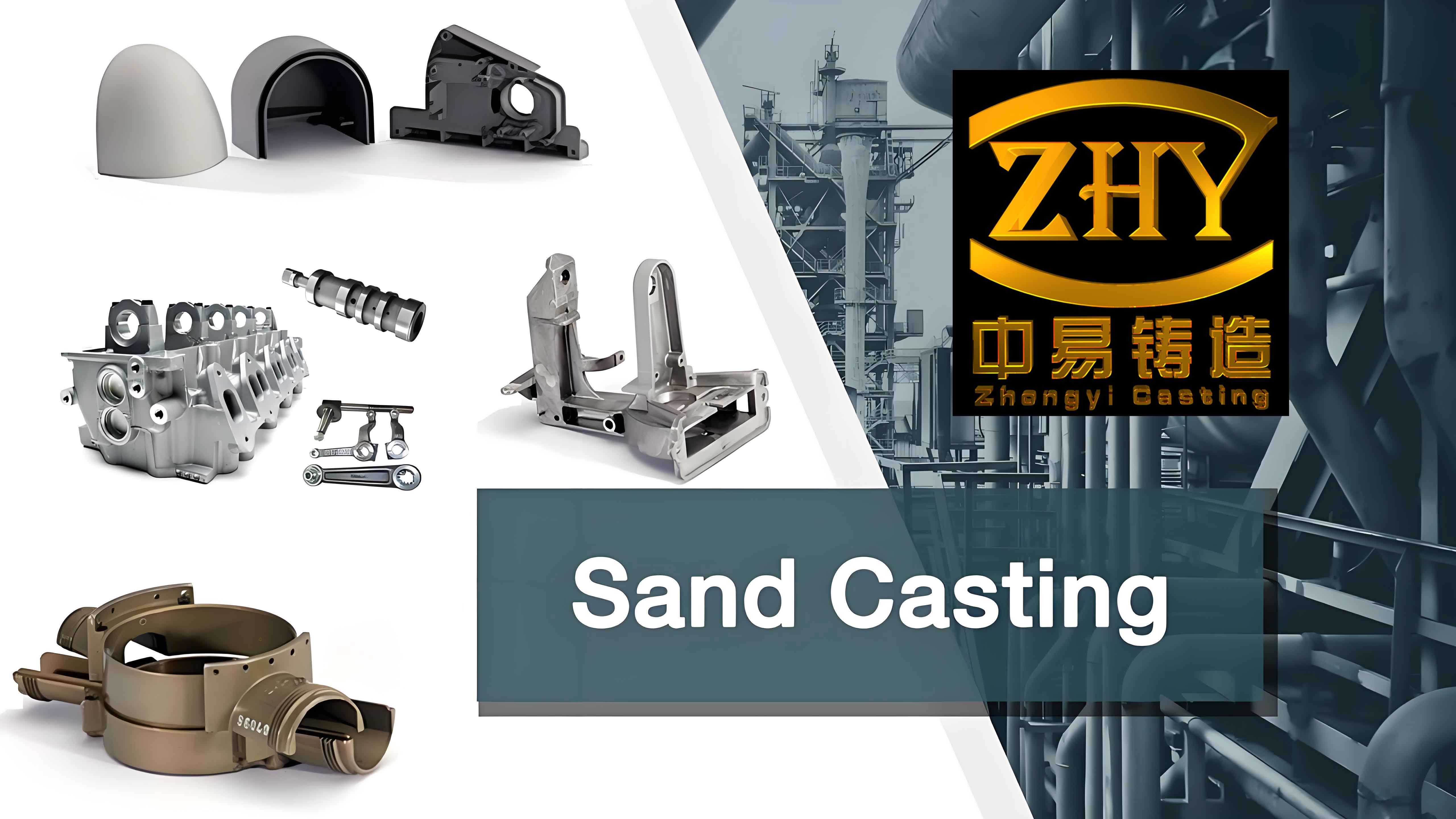
Thermal management is a crucial aspect of the sand casting process, significantly influencing the quality and properties of the final sand casting parts. Efficient thermal management, particularly during the cooling phase, is essential to minimize defects, enhance mechanical properties, and ensure dimensional accuracy. This article explores various techniques to improve cooling rates in sand casting, highlighting their importance, methods, and benefits.
Importance of Cooling Rates in Sand Casting
The cooling rate in sand casting directly affects the microstructure and mechanical properties of the cast parts. A controlled cooling process can help in achieving desired grain structures, reducing internal stresses, and preventing common casting defects such as shrinkage cavities and hot tears. Faster cooling rates can improve productivity by reducing cycle times, while slower, controlled cooling may be necessary for specific alloy compositions to achieve the desired properties.
Techniques to Improve Cooling Rates in Sand Casting
- Optimized Mold Materials
- High-Thermal Conductivity Sands: Using sands with high thermal conductivity, such as chromite or zircon sand, can accelerate heat transfer from the molten metal to the mold, improving cooling rates.
- Chills: Inserting metallic chills (high-conductivity materials) in the mold can localize faster cooling in specific areas, enhancing the overall cooling rate and controlling solidification patterns.
- Enhanced Mold Design
- Thin-Walled Molds: Designing molds with thinner walls can facilitate faster heat dissipation. However, the mold must still maintain sufficient strength to withstand the casting process.
- Ventilation Channels: Incorporating ventilation channels in the mold can enhance airflow, assisting in the cooling process and preventing the buildup of hot spots.
- Active Cooling Methods
- Water Cooling: Utilizing water-cooled mold components or external cooling systems can significantly increase cooling rates. Water jackets or internal cooling channels within the mold can effectively remove heat from the casting.
- Air Blasts: Applying directed air blasts to the mold surface can enhance cooling by increasing convective heat transfer. This method is particularly useful for larger castings where uniform cooling is essential.
- Optimized Pouring Temperature
- Controlled Pouring Temperature: Pouring the molten metal at an optimized temperature, slightly above its melting point, can reduce the overall heat load on the mold, enabling faster cooling. Precise control of pouring temperature is crucial to avoid defects associated with too low or too high temperatures.
- Use of Exothermic Materials
- Exothermic Risers and Sleeves: Incorporating exothermic materials in risers and sleeves can maintain the temperature of critical sections for a longer duration, promoting directional solidification and reducing the likelihood of shrinkage defects.
Tables and Lists for Clarity
Table 1: Techniques to Improve Cooling Rates in Sand Casting
| Technique | Description | Benefits |
|---|---|---|
| High-Thermal Conductivity Sands | Use sands with higher thermal conductivity for faster heat transfer | Improved cooling rates, enhanced microstructure |
| Chills | Insert metallic chills in the mold to localize faster cooling | Controlled solidification patterns, reduced shrinkage defects |
| Thin-Walled Molds | Design molds with thinner walls to facilitate heat dissipation | Faster cooling, reduced cycle times |
| Ventilation Channels | Incorporate channels for airflow to assist in cooling | Prevents hot spots, uniform cooling |
| Water Cooling | Use water-cooled components or systems for heat removal | Significantly increased cooling rates |
| Air Blasts | Apply directed air blasts to enhance convective heat transfer | Uniform cooling, useful for large castings |
| Controlled Pouring Temperature | Pour metal at optimized temperature for reduced heat load | Faster cooling, minimizes defects |
| Exothermic Risers and Sleeves | Use exothermic materials to maintain temperature in critical areas | Promotes directional solidification, reduces shrinkage defects |
List: Steps for Effective Thermal Management in Sand Casting
- Material Selection
- Choose mold sands with high thermal conductivity.
- Use metallic chills for localized cooling.
- Mold Design
- Design thin-walled molds to facilitate heat dissipation.
- Incorporate ventilation channels to enhance airflow and cooling.
- Active Cooling Implementation
- Integrate water-cooled components or external cooling systems.
- Apply directed air blasts to mold surfaces.
- Temperature Control
- Optimize pouring temperature to reduce heat load on the mold.
- Use exothermic risers and sleeves to maintain temperature in critical areas.
- Process Monitoring
- Continuously monitor and adjust cooling rates using thermal sensors and control systems.
- Implement feedback mechanisms to adapt cooling strategies based on real-time data.
Conclusion
Efficient thermal management in sand casting is essential for producing high-quality sand casting parts with the desired mechanical properties and minimal defects. By optimizing mold materials, enhancing mold design, implementing active cooling methods, and precisely controlling pouring temperatures, manufacturers can significantly improve cooling rates. These techniques not only enhance the performance and integrity of sand casting parts but also contribute to increased productivity and cost-efficiency in the sand casting process. Understanding and applying these thermal management strategies is crucial for achieving consistent and reliable results in sand casting manufacturing.
